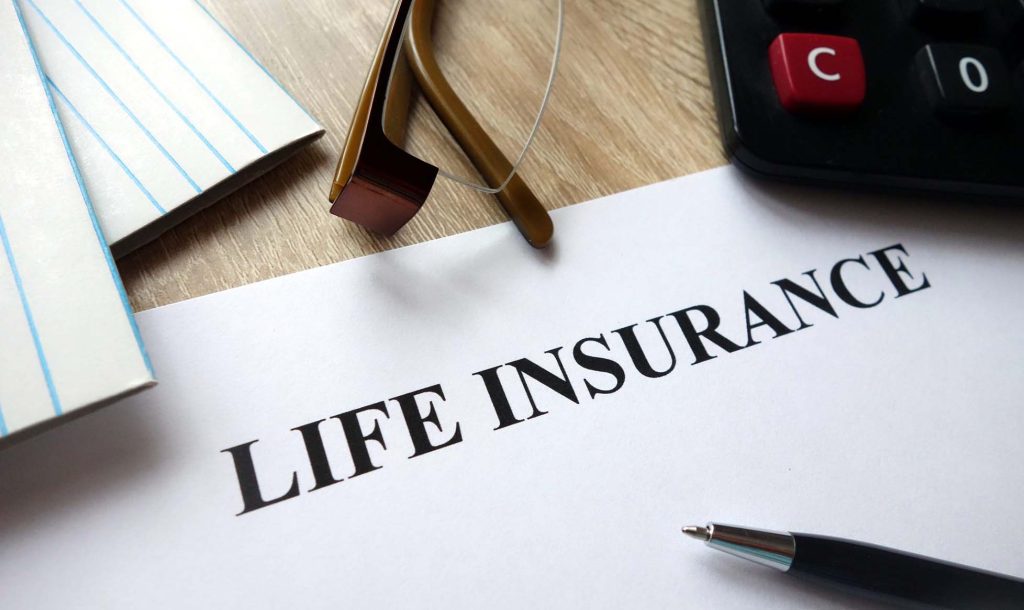Insurance and Protection Plans: Everything You Need to Know
In modern society, with the improvement of living standards and the increase in risk management awareness, insurance and protection plans have become an essential safety net for individuals and families. Whether it’s health insurance, life insurance, car insurance, or accident insurance, each type of insurance serves its unique purpose and function. Choosing the right insurance product not only reduces financial burdens but also provides necessary support for individuals and families when unexpected events occur.
1. The Basic Concept of Insurance
The core concept of insurance is risk-sharing. By paying premiums to an insurance company, the policyholder transfers the risks they face to the insurer. When an unexpected event occurs, the insurance company will pay a claim to the policyholder or their designated beneficiary according to the terms of the contract, alleviating or eliminating the economic loss caused by the accident.
There are various types of insurance, ranging from basic health insurance and life insurance to car insurance, property insurance, and unemployment insurance. Each type of insurance has its own specific protection function and application scope. Understanding the differences between these insurance products can help individuals choose the protection plan that best suits their needs.
2. Health Insurance: An Important Protection for Life
Health insurance is a type of insurance designed to cover medical expenses. In the event of an illness or accident, health insurance can significantly reduce the financial burden on individuals or families. With rising medical costs year by year, having health insurance has become particularly important.
Types of Health Insurance
Health insurance can generally be divided into two categories: basic medical insurance and supplementary medical insurance. Basic medical insurance is a form of healthcare coverage provided by the government or local authorities for citizens, typically covering common diseases and hospitalization costs. On the other hand, supplementary medical insurance is voluntary insurance purchased by individuals or companies to cover additional expenses not included in the basic medical insurance, such as advanced medical checkups, specialist treatments, and private hospital rooms.
Choosing Health Insurance
When choosing health insurance, several factors need to be considered: personal health condition, family medical history, available medical resources in the area, and the scope of coverage provided by the insurance. If you are a young and healthy person, you may not need to worry about serious illnesses and hospitalization costs, but if there is a family history of certain diseases or if you live in an area with limited medical resources, purchasing comprehensive health insurance would be a wise decision.
3. Life Insurance: Providing Protection for Your Family’s Future

Life insurance is a policy that pays a death benefit to a designated beneficiary upon the policyholder’s death. Life insurance is often a crucial component of family financial planning, especially for the primary breadwinners. It ensures that the family will have stable financial support in case of an unexpected death, avoiding financial hardship.
Types of Life Insurance
Life insurance can be divided into term life insurance and whole life insurance. Term life insurance is only valid for a specified period, and if the policyholder passes away during that period, the insurance company will pay the beneficiary; however, if the policyholder survives the policy term, the contract expires and no benefits are paid. Whole life insurance, on the other hand, provides lifetime coverage and is usually more expensive. It will pay out a death benefit no matter when the policyholder passes away.
Choosing Life Insurance
When selecting life insurance, it’s essential to evaluate your family responsibilities and financial situation. If you are the primary income earner or have children to care for, choosing an adequate amount of life insurance can ensure that your family will maintain financial stability if something happens to you. It is also necessary to consider your ability to pay the premiums and choose a plan that you can afford to maintain over the long term.
4. Accident Insurance: Financial Support in Case of Accidents
Accident insurance is designed to provide coverage for accidents. Unlike health insurance, accident insurance typically only compensates for injuries, disabilities, or death caused by accidents. Therefore, it is a form of insurance that addresses specific risks, making it particularly suitable for individuals facing higher accident risks.
Coverage of Accident Insurance
Accident insurance generally covers accidental death, disability resulting from an accident, and medical expenses related to accidents. Different accident insurance products offer varying coverage, and some policies may include additional benefits like accident hospitalization allowances or compensation for expenses during the hospitalization period.
Choosing Accident Insurance
When choosing accident insurance, it is crucial to consider the policyholder’s living environment and occupational risk factors. If you work in a high-risk occupation (such as a construction worker, driver, etc.), or if you regularly engage in extreme sports (such as skiing, mountaineering, etc.), purchasing accident insurance is essential. Furthermore, the insurance amount should be set according to the policyholder’s financial situation and the needs of the beneficiaries.
5. Property Insurance: Protecting Family Wealth
Property insurance is a form of insurance designed to protect personal assets, including home insurance and car insurance. It provides compensation for property losses caused by fire, theft, natural disasters, and other events.
Home Insurance
Home insurance covers both the building and its contents, protecting against damage caused by fire, theft, floods, earthquakes, and other disasters. If the home is destroyed or suffers significant damage, the insurance company will compensate for the repair or reconstruction costs.
Car Insurance
Car insurance is one of the most common types of property insurance, primarily covering damages resulting from car accidents or incidents like theft or fire. Depending on the coverage, car insurance may include mandatory insurance (e.g., liability insurance) or optional coverage (e.g., comprehensive insurance).
Choosing Property Insurance
When selecting property insurance, it’s important to consider the value of your assets and the risk environment. For home insurance, the focus should be on the quality of the building and the natural disaster risks in the area. For car insurance, factors such as the driver’s habits and the traffic conditions of the area should also be considered.
6. Unemployment Insurance: Ensuring Financial Stability

Unemployment insurance is designed to provide financial support to individuals who lose their jobs. Typically provided by the government or social security systems, it helps individuals maintain a basic standard of living during their period of unemployment.
Coverage of Unemployment Insurance
Unemployment insurance typically includes compensation for basic living expenses during unemployment, as well as retraining programs and job placement services. Individuals can receive unemployment benefits for a certain period, helping them through the unemployment period and providing resources to assist them in reentering the job market.
Choosing Unemployment Insurance
Unemployment insurance policies vary by country and region, and when choosing unemployment insurance, it’s important to understand the policies in your area and determine whether you are eligible for coverage. If you are in a profession with high job instability or live in an area with economic challenges, purchasing unemployment insurance can provide valuable financial protection.
7. Choosing and Planning Insurance Products
When selecting the right insurance products, it is important not to solely rely on recommendations from insurance companies or popular market trends. Instead, a comprehensive evaluation of your needs, financial situation, and risk tolerance should guide your decision-making.
Steps in Insurance Planning
- Evaluate Needs: Assess potential risks based on your personal and family situation. For example, do you have health issues? Are you the primary financial provider? Do you have children or elderly family members to care for?
- Select Products: Choose the appropriate insurance types and coverage amounts based on your needs. Understand the details of each policy, including deductibles, coverage limits, and policy durations.
- Review Periodically: Insurance is a long-term process, and as life circumstances change, your insurance needs will evolve. Regularly reviewing and adjusting your insurance plan is essential.
Budgeting for Insurance Costs
When purchasing insurance, it is crucial to account for the annual premiums. Insurance costs are often linked to the scope of coverage, coverage amounts, and the insurance company. Therefore, it’s important to plan your budget wisely to avoid compromising daily living due to high premiums.
Insurance and protection plans are not only tools for managing risks but also important elements of life planning. By strategically planning and selecting insurance products, individuals and families can ensure strong financial support in the face of unexpected events, safeguarding their financial security.
